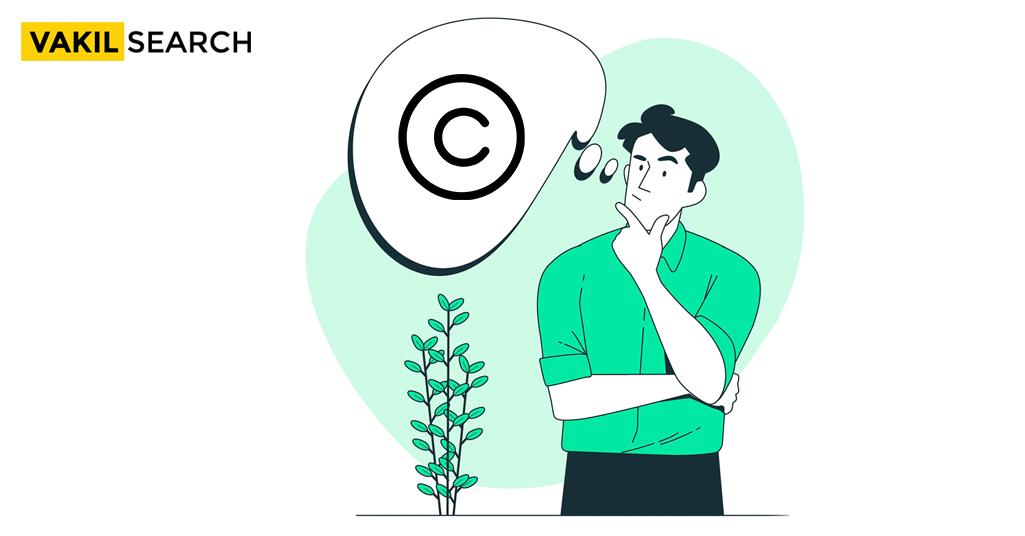The purpose of a copyright disclaimer is to inform the public that the original content you have created belongs to you as you are its author. This article brings you details on how to write a disclaimer to avoid copyright infringement.
What Is a Copyright?
A copyright is basically the right to copy. After you create a work and store it in a tangible form such as a photograph, a song, or a computer program, you are the owner and the author of your work and therefore have an exclusive right to use your original work. As an author, you get your copyrights automatically when you publish your original work. Every time someone uses or shares your work, they must cite your name. However, it is not always easy to enforce or prove ownership, especially in the case of online content. In this blog we’ll know about Put a Disclaimer to Avoid Copyright.
What Are the Features of a Copyright Disclaimer?
- Copyright Disclaimer also protects all downloadable files.
- Copyright Agency manages Copyright Disclaimers
- Copyright controls hold images represented under downloadable reports and licenses.
- You may not duplicate or transmit any of the content protected under a ‘copyright disclaimer except as allowed by the copyright law.
- The Copyright Agency allows the licensees to communicate and copy content for which the Copyright Agency owns the copyright for its use.
- The Copyright Agency allows its subscribers and licensees to copy and convey content for which the Copyright Agency owns the copyright for their use
What Is the “Fair Use” Doctrine?
Indian copyright law has adopted the concept of Fair Dealing, in consonance with the UK Copyright laws. The same concept is known as “Fair Use” in the U.S. The fair use doctrine is a legal doctrine which allows a person to use any work which is protected under the Copyright Act of 1957, with limited usage of to, to maintain the originality and sanctity of the work.
The meaning of fair dealing depends upon various circumstances and facts. Fair dealing is an important limitation applied to the exclusive right of the copyright on several occasions, various courts have interpreted the same by judging the economic impact it has on the copyright owner. Fair dealing depends on the following four factors:
- The nature of the original work
- The purpose to use the copyrighted work
- The amount of original work used, and
- The effect of the work’s use on the original work.
As per the recent Copyright (Amendment) Act, 2012, the concept of Fair Dealing has also included works like cinematography or musical line. Fair dealing is also considered to be beneficial for disabled persons, as they can now access work for personal or private use, or for any other educational purposes.
Fair Use as per the Indian Regime
As per the Indian legal framework, section 52 of the Copyright Act, lays down certain acts or works which cannot be considered as an infringement of copyright, such a concept is called fair dealing, or fair use. Fair dealing deals with literature drama, artwork, or music, not being a computer programme for the purpose of:
- Personal or private use, including research
- Review or criticism, whether of that or any other work
- Reporting of current affairs and current events including the reporting of a publicly delivered lecture.
How to Write a Copyright Disclaimer for Your Website or Blog?
A copyright disclaimer must include at least the following:
- The copyright symbol (©)
- Author or website name. It can also be the name of a business, an organisation, or a corporate name.
- A year range or a particular year
- The statement of ownership such as “All Rights Reserved”. You can then add it to the footer of your website, where copyright disclaimers are usually placed.
Is It Enough to Put up a Simple Copyright Disclaimer to Protect Against Copyright Infringement?
There is no guarantee that a copyright disclaimer is enough to protect your content, however, it is a good and essential start. Usually, original online content is often used without permission.
To further protect your copyright, you can create your “Terms and Conditions” document. Also known as “Terms of Service” or “Terms of Use”, the Terms and Conditions document is a legally binding document that helps you set your own rules for the use of your original content in a legally enforceable way.
You can decide the way people can or cannot use your content through your Terms and conditions. Terms allow you to add limitation and disclaimer of liability clauses so that you can protect your copyright, or avert the misuse of your content.
Put a Disclaimer to Avoid Copyright
- Put a disclaimer to avoid copyright issues by indicating that you are not claiming ownership of the content.
- Including a disclaimer can help to protect you from claims of copyright infringement.
- By putting a disclaimer, you can show that you have made a good faith effort to avoid copyright violations.
- A disclaimer can be a simple statement that indicates that you are using the content under fair use or with permission.
- Put a disclaimer to avoid copyright issues and to make it clear that you are not trying to pass off someone else’s work as your own.
- A disclaimer can be especially useful when you are using content from a third-party source or when your use of the content may be considered questionable.
- Put a disclaimer to avoid copyright issues and to protect yourself from legal action.
- Including a disclaimer can help to demonstrate that you are aware of copyright laws and are taking steps to comply with them.
- A disclaimer can also serve as a warning to others not to use your content without permission or proper attribution.
- By putting a disclaimer to avoid copyright issues, you can show that you respect the intellectual property rights of others and are committed to ethical practices in your use of content.
The Bottomline – Put a Disclaimer to Avoid Copyright
With more online work being published and created, it has become more accessible for people to use your content without permission. Therefore, protecting your copyright is important to avoid its infringement. Vakilsearch which is now transitioning into Zolvit hosts a large group of business and legal experts who will ensure to safeguard your copyrights over your original work, and help you prepare a copyright disclaimer, and terms and conditions documents perfectly and legally with ease. Hope this blog regarding Put a Disclaimer to Avoid Copyright was helpful!
Also Read:










